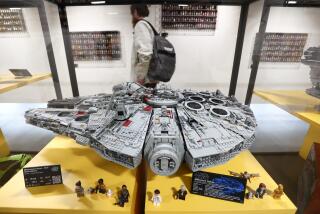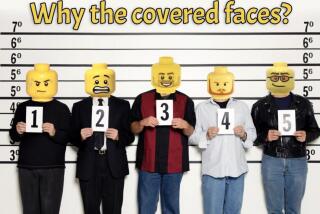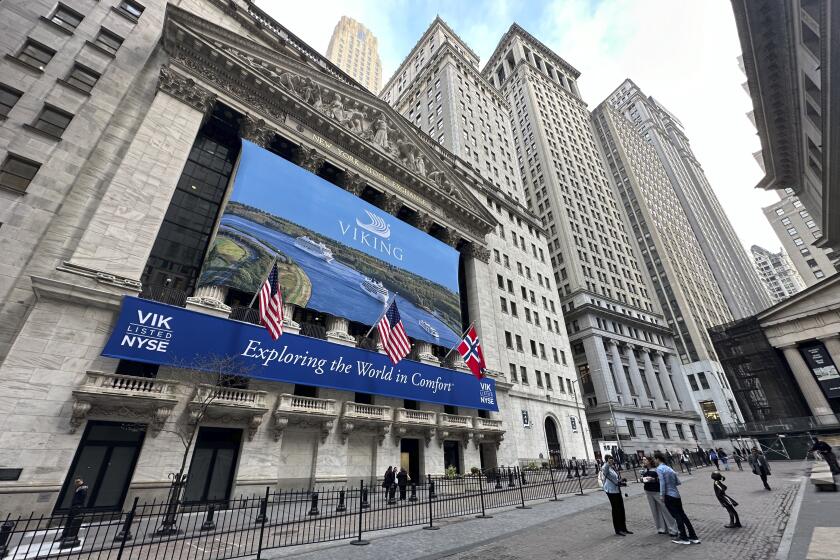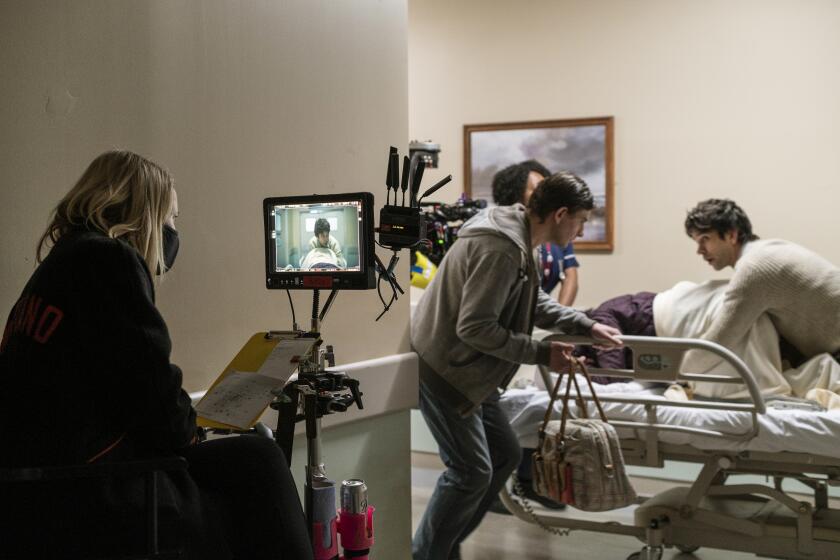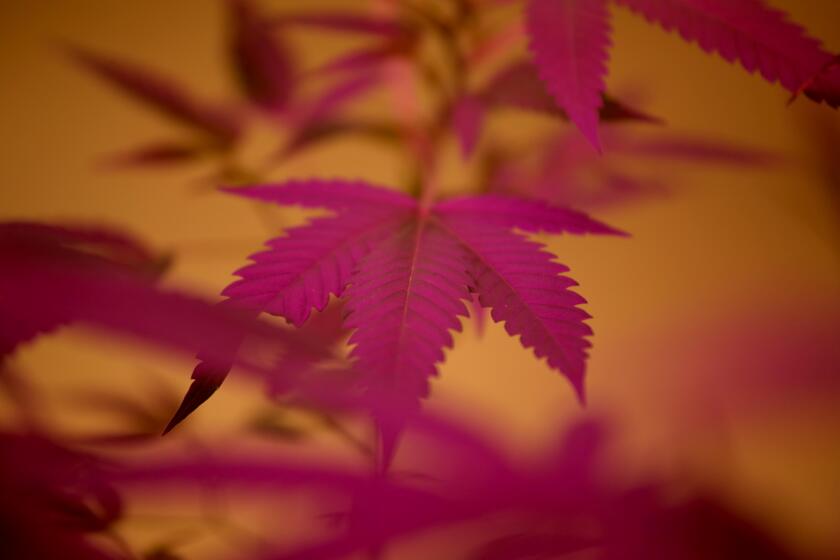Parents, you are top regulator when it comes to toy safety
When it comes to toy safety, you can’t always count on Santa to get things right. By and large, you’re on your own.
Oh sure, there are plenty of regulations on the books, and the Consumer Product Safety Commission tries to stay on top of hazardous playthings, such as a recall last week of Chinese-made baby rattles that are a choking hazard for little ones.
But the bottom line is that potentially dangerous toys will keep making it to store shelves, and all too often the public won’t be notified until injuries (or worse) occur.
About 181,500 kids younger than 15 were treated in emergency rooms last year for toy-related injuries, according to the safety commission, and 17 kids were killed in toy-related accidents.
Parents and toy shoppers “always need to be vigilant by choosing age-appropriate toys and keeping small parts, balls and balloons out of the hands of young children,” commission Chairwoman Inez Tenenbaum said.
Federal authorities announced last month that stronger safeguards have resulted in the number of toy recalls steadily declining since 2008, when 172 toy recalls were announced (compared with 34 in the current fiscal year).
To see whether playthings are indeed safer, I paid a visit the other day to the Toy District in downtown Los Angeles. The wholesale shops in the area serve as a conduit for toys — mostly imported, mostly from China — reaching retail shelves throughout California and western states.
I found lots of goodies with small pieces that could easily break off and get stuck in toddlers’ throats. I saw sharp edges that I wouldn’t want in the hands of youngsters.
Jim Griffin, 70, is co-owner of a toy store in Fresno. He was at a Toy District shop stocking up on supplies for the remaining days of the holiday season.
I asked him how he knows the stuff he sells is safe.
“I don’t know,” Griffin replied, holding up the can of Rockstar energy drink he was sipping from. “How do I know this is safe?”
In any case, he said he holds the Toy District wholesaler responsible for passing along toys that meet U.S. safety standards. So I asked a salesman at the shop, Simon Quach, how he knows his toys are safe.
“When the container arrives in the harbor, it gets inspected,” Quach answered. “If it’s not safe, it won’t be released to the public.”
The problem with that reasoning is that just a small percentage of the billions of goods arriving at U.S. ports every year actually gets inspected. In most cases, a recall is announced only after a problem has been reported.
So what can shoppers do? Sabrina Rayas has a hard-and-fast rule: She only buys toys for her two kids that were manufactured by Mattel or Fisher-Price.
“Those are the brands you can trust,” Rayas, 33, told me while browsing the Toy District shops. “You hear about toy recalls for other brands all the time. You never hear about recalls for Mattel and Fisher-Price.”
That’s not exactly the case. Fisher-Price is a subsidiary of El Segundo’s Mattel, and both brands have been involved in some of the biggest toy recalls ever.
Mattel agreed in 2009 to pay a $2.3-million fine for importing and selling toys with excessive levels of lead. More than 21 million of the company’s toys — including Barbie accessories and miniature cars — were recalled after safety concerns came to light in 2007.
Mattel acknowledged “compliance issues with some of our toys,” but denied knowingly violating federal law. The company subsequently agreed to pay an estimated $50 million to settle lawsuits related to the recalled toys.
Lorena Molina, 35, was also poking around the Toy District. Like Rayas, she favors brand-name goods when shopping for her three kids. But she said her rule is even stricter than that.
“I don’t buy any made-in-China toys,” Molina said.
Or so she thinks. The millions of toys recalled by Mattel and Fisher-Price were made in China. About 80% of all toys sold worldwide are Chinese-made, according to industry figures.
That’s not to say every plaything made in China is dangerous or violates U.S. safety standards. Many if not most Chinese-made toys — particularly those sold by major brands — appear to be perfectly safe.
I tend not to worry much when I shop for toys at the likes of Toys R Us and Wal-Mart. The stuff I see on shelves generally looks pretty solid (although it would be impossible to know if, say, there were scary levels of lead in the paint).
But it’s still a good idea to always perform a little due diligence. A good place to start is the Consumer Product Safety Commission’s new database of complaints at SaferProducts.gov.
Also, like Rayas and Molina, stick with brands you know and trust. That’s not a sure-fire recipe for safety — just ask Mattel — but it’s a good start.
And take a close look at everything before your kid gets his or her hands on it. You’re the best regulator you’ll find.
David Lazarus’ column runs Tuesdays and Fridays. He also can be seen daily on KTLA-TV Channel 5. Send your tips or feedback to david.lazarus@latimes.com.

